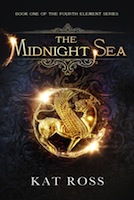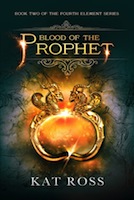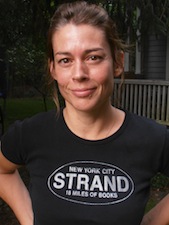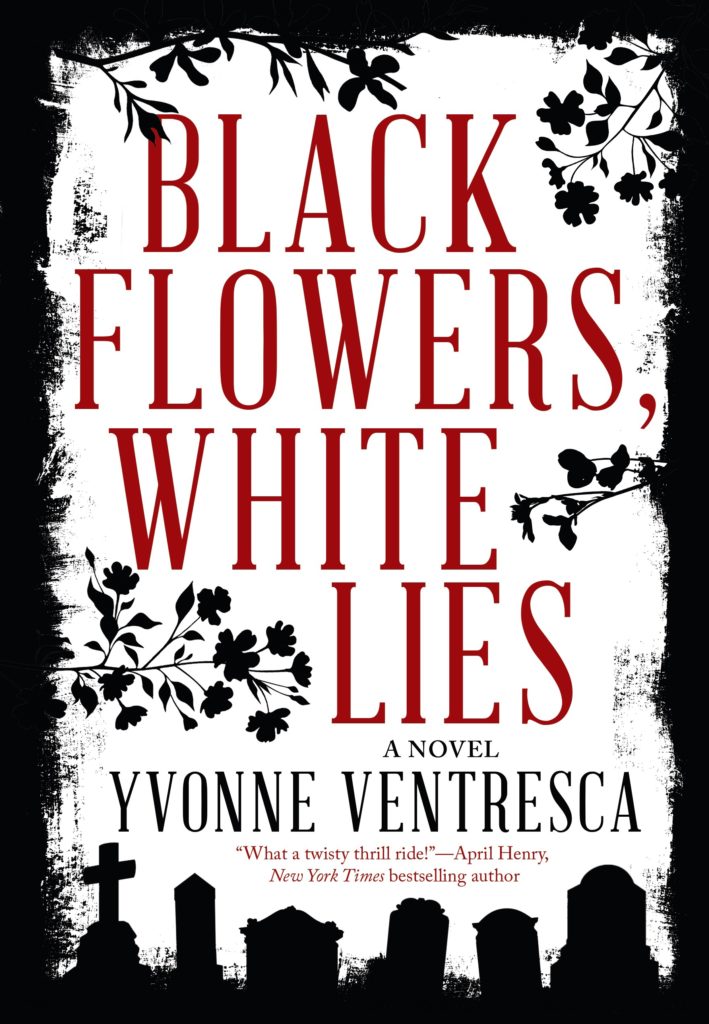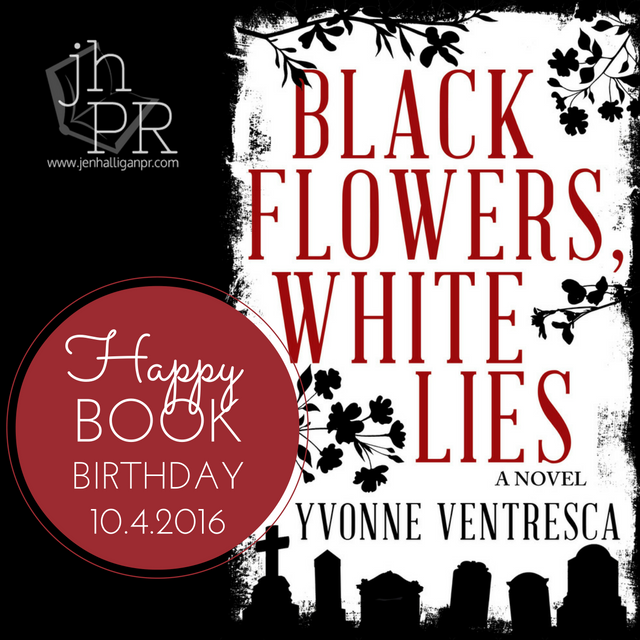YA Guy finally got around to reading Harper Lee’s GO SET A WATCHMAN. It’s not really a YA novel—in fact, it’s even less YA than its predecessor, TO KILL A MOCKINGBIRD—and I’ve been extra busy this semester teaching overloads and juggling writing projects. But I finally got a break on the teaching side, and before NaNoWriMo starts next month, I had a chance to sneak Lee’s novel in.

When WATCHMAN was published last year, a lot of people were disappointed, even devastated, by what they took to be the sequel to MOCKINGBIRD. They were troubled, first of all, to discover that this “sequel” wasn’t very well written (more about this later). They were upset by some of the events that occurred in the fictional Finch family as the thirties turned into the fifties. And they were dismayed to discover that saintly Atticus Finch had, apparently, become a racist and a Klansman in his declining years. For those who saw WATCHMAN as Lee’s carrying forward of the story she’d first told in MOCKINGBIRD, all of this seemed like a betrayal of a beloved classic.
But as we know now—actually, as we knew all along, only this wasn’t talked about much within the publishing industry because it might have hurt sales—WATCHMAN is manifestly not the sequel to MOCKINGBIRD. Quite the contrary,
it’s Lee’s first draft, her first attempt to tell the story of Jean Louise Finch and the racial history of Maycomb County. She wrote it before MOCKINGBIRD, submitted it to her editor, Tay Hohoff, and was told that it needed drastic reworking before it could be published. Hohoff suggested that she refocus the story on Jean Louise’s childhood, the days when she was (to quote WATCHMAN) “Scout Finch, juvenile desperado, hell-raiser extraordinary” (49). That’s exactly what Lee did, and MOCKINGBIRD was the result.
WATCHMAN, in short, was never meant to be published, any more than any first draft is meant to be published. It got published only after Lee’s advancing age and infirmity made it impossible for her to block its publication. Had it been published by a scholarly press, with an editor to provide the context and annotate the text, one might have argued that it got published for academic reasons, as a means of providing students and teachers insight into a classic author’s writing process. Being published as it was, however, it’s quite clear that it was published largely to make a bunch of people in the publishing industry (and not Lee herself) rich.
Given that history, part of me wishes it had never been published. It really isn’t a very good novel; though the writing is confident at the sentence level, the plot is slow and fractured, the characters (including the adult Jean Louise) dull, the romance between Jean Louise and her childhood chum forced and uninteresting. To the extent that it’s harmed Lee’s posthumous reputation in the eyes of some, it’s unfortunate that her wishes regarding its publication weren’t respected, or that (as said above) it wasn’t at least published in an academic manner.
But if the reader in me, the lover of literature, feels this way, the writer and the teacher of writing feels differently. What WATCHMAN tells us is that writers, even writers of Lee’s immense and astonishing powers, seldom if ever get it right the first time; it’s by swallowing their pride, accepting the limitations of their first efforts, and engaging in the arduous process of revision that writers are able to do what they do. With NaNo approaching—and with so many people both inside and outside the publishing industry rushing to put inferior work out there simply because the “market” demands it or electronic publishing facilitates it—I think it’s important to remember that drafts are just that. They exist for a reason, but they’re not ends in themselves.
I can’t wait to re-read MOCKINGBIRD, which I plan to do now that I've finished reading it in draft form. I haven't read it for years, and I’m eager to be reminded of what Lee’s persistence, humility, and hard work enabled her to produce.

























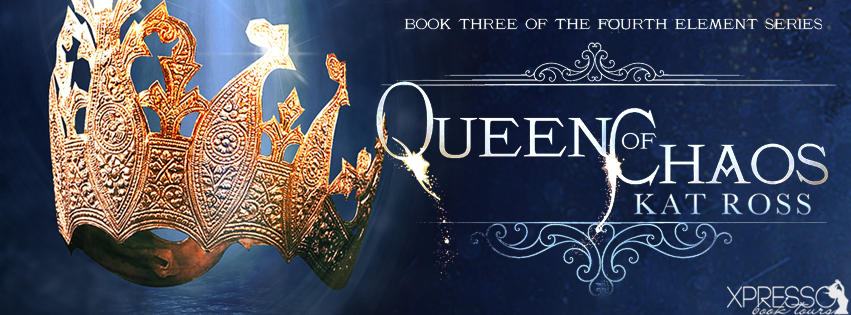
 Queen of Chaos
Queen of Chaos